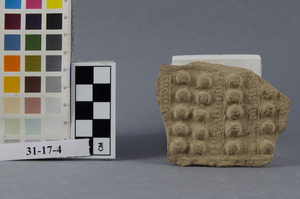British Museum/University Museum Expedition to Ur, Iraq, 1931
Accession Lot
- Object[492]
- babylonian[3]
- near eastern[489]
- adze[7]
- amphora[1]
- amulet[10]
- animal figurine[9]
- arrow[1]
- arrowhead[4]
- axe[18]
- base sherd[1]
- basin (vessel)[1]
- bead[69]
- beads[3]
- belt bead[1]
- blade[3]
- bodkin[1]
- bowl[46]
- bracelet[5]
- celt[1]
- chisel[7]
- clay[1]
- core[1]
- cosmetic shell[2]
- crescent[1]
- cup[2]
- cylinder seal[29]
- cylinder seal fragment[3]
- dagger[6]
- dagger sheath[1]
- diadem[2]
- dish[1]
- dish fragment[1]
- disk[1]
- earring[5]
- earrings[1]
- figurine[4]
- finger ring[2]
- fork[1]
- foundation figure[1]
- foundation tablet[1]
- furniture model[4]
- game piece[1]
- goblet[1]
- hairring[3]
- handle[6]
- hoe[1]
- hook[2]
- human figurine[2]
- human statuette[1]
- inlay[6]
- jar[23]
- jar stopper[2]
- jewelry[9]
- jug[1]
- knife[3]
- knife handle[1]
- lamp[1]
- lance head[2]
- lithic[8]
- mirror[1]
- nail[4]
- needle[14]
- object[1]
- ornament[1]
- pedestal[1]
- pendant[3]
- pin[8]
- pin head[1]
- polisher[1]
- pot[11]
- pot stand[1]
- projectile point butt[1]
- raw material[2]
- razor[2]
- ring[3]
- sample[3]
- saw blade[1]
- scaraboid[1]
- seal impression[1]
- sealing[10]
- sherd[50]
- sickle[1]
- sickle fragment[1]
- soil sample[1]
- spatula[1]
- spear[1]
- spearhead[9]
- spindle whorl[2]
- spout[2]
- spouted jar[4]
- spouted pot[2]
- stamp seal[4]
- statue[1]
- statuette[1]
- strainer[1]
- string of beads[15]
- token[4]
- tumbler[3]
- vessel[1]
- vessel lid[1]
- wall cone[2]
- weight[4]
- agade[3]
- antediluvian[6]
- archaic[1]
- early dynastic iii[2]
- early old babylonian period[2]
- jemdet nasr[3]
- jemdet nasr period[1]
- kassite[3]
- last al 'ubaid[12]
- late al 'ubaid[4]
- minor dynasty[3]
- persian period[1]
- pre-flood[51]
- prehistoric[54]
- sargonic[1]
- ubaid[1]
- ubaid period[2]
- ur iii[1]
- (very possibly pg 1618)[2]
- 1.5 below pg[1]
- 3 metres down, p.g.[1]
- 3.5 m in rubbish of pit a[1]
- 4 to 5 metres, rubbish levels. p.g. drawn by an antelope (?)[1]
- 7-8m loose in cemetery pgs[1]
- 9.5 m below pg 1749 in white lime stratum[1]
- brought in from diqdiqqeh[1]
- diqdiqqeh[1]
- foot of enki temple well near city wall[1]
- found 3 1/2 to 5 1/2 m. below brick pavement dated ca. 3100 b.c. in the prehistorical settlement. between flood and royal graves. at n.w. limit of p.g.[11]
- found 4.50 m. below brick pavement dated ca. 3100 b.c. in the prehistorical settlement. pg. n.w.[1]
- found 5 1/2 to 6 m. below brick pavement dated ca. 3100 b.c. in the prehistorical settlement. transition from post to pre flood levels. p.g. n.w.[10]
- found 6 to 7 m. below brick pavement dated ca. 3100 b.c. in the prehistorical settlement. level of the pre flood period. pg. n.w.[14]
- found 7 1/2 to 8 m. below brick pavement dated ca. 3100 b.c. in the prehistoric settlement. p.g. n.w.[21]
- found 7 to 7 1/2 m. below brick pavement dated ca. 3100 b.c. in the prehistoric settlement. p.g. n.w.[22]
- from a grave of persian time.[1]
- g. 129[2]
- g. 52[1]
- jemdet nasr ware at 15 m.[1]
- jemdet nasr. disturbed grave pg 14 metres.[1]
- k.p., l-m, 10-11[1]
- levels below royal cemetery.[1]
- loose in cemetery soil.[1]
- p.f.t. - 300[1]
- p.f.t. c 4. i dym. rubbish pit.[1]
- p.f.t. d 4. - 1.50m[1]
- p.f.t. d 5 , - 590[1]
- p.f.t. d 6 - 530[1]
- p.f.t. d 6. - 530[1]
- p.f.t. d 8, i dyn drain[1]
- p.f.t. e 5 - 160[1]
- p.g. n.w. limit at 600 below plana-convex brick pavement.[1]
- p7j. c7. -1060[1]
- p7j. p7g./j6[1]
- p7j. p7g/j6[1]
- pfg/cc[1]
- pfg/gg[1]
- pfg/gg ?[1]
- pfg/jj[1]
- pfg/nn[1]
- pfg/z[1]
- pft , pfg/s[1]
- pft - 900[1]
- pft d 6. level-690[1]
- pft from drain system of 2nd and 3rd level.[1]
- pft, - 750 to 800[1]
- pft, by pfg/r[1]
- pft, c 4 - 875[1]
- pft, c 4, level-870[1]
- pft, c 7 - 700[1]
- pft, d 4 - 1050[1]
- pft, d 5, -870, (28 feet in) pft[1]
- pft, d 6 - 1270, pfg/k[1]
- pft, d 6 - 800[1]
- pft, d 6, -720[1]
- pft, e 4 - 900[1]
- pft, e 6 - 1450 unnumbered ruined grave[1]
- pft, level - 1700[1]
- pft, pfg /h[1]
- pft, pfg/bb[2]
- pft, pfg/e[1]
- pft, pfg/h[4]
- pft, pfg/jj[2]
- pft, pfg/mm[2]
- pft, pfg/ss[2]
- pft, pfg/u[1]
- pft, pfg/x[1]
- pft, pfg/z[2]
- pft. - 800 to 900[1]
- pft. d 5 - 930[1]
- pft. d 6 - 720[1]
- pft. d 6 - 900[1]
- pft. d 6 - 910[1]
- pft. e 7 - 1000[1]
- pft. e 7 - 1180 pfg[1]
- pft. e 7 - 860[1]
- pft. level - 1300[1]
- pft. near pfg/r[1]
- pft. pfg./h[1]
- pft. pfg/h[1]
- pft. pfg/hh[1]
- pg 1464 ?[2]
- pg 1524[3]
- pg 1589[2]
- pg 1618[7]
- pg 1625[3]
- pg 1648[8]
- pg 1665[2]
- pg 1687[4]
- pg 1702[2]
- pg 1720[2]
- pg 1744[2]
- pg 1749[9]
- pg 1815[2]
- pg 1845, burial h[3]
- pg 1846, burial c[2]
- pg larsa rubbish[2]
- pg. 1332[2]
- t. 0097[2]
- animal[2]
- antelope[1]
- antelope?[1]
- basket[1]
- bird[1]
- bull[2]
- bull hoof[1]
- calf[1]
- chair[3]
- chariot[1]
- crescent[1]
- demon head[1]
- dog[2]
- dot[2]
- dragon[2]
- eagle[1]
- emblem[1]
- eye[1]
- flood[3]
- flower[1]
- flower?[1]
- geometric pattern[5]
- god[2]
- human[1]
- human figure[1]
- hunter[3]
- hut[1]
- ibex[1]
- inscription[2]
- lion[6]
- man[1]
- martu[1]
- mountain[1]
- palm[1]
- pot[1]
- rosette[1]
- scorpion[2]
- seated god[3]
- seated goddess[2]
- seated woman[1]
- shamash[1]
- spider[1]
- table[1]
- tree[1]
- vase[1]
- woman[1]
- woman?[1]
- worshipper[8]
- worshippers[1]
- agate[6]
- alabaster[3]
- amethyst[1]
- aragonite[1]
- bone[2]
- bronze[95]
- calcite[1]
- carnelian[15]
- ceramic[150]
- chalcedony[2]
- clay[10]
- copper[100]
- copper alloy[14]
- diorite[22]
- fabric[1]
- faience[1]
- flint[11]
- frit[5]
- gold[27]
- hematite[1]
- jadeite[2]
- lapis lazuli[51]
- lead[2]
- limestone[6]
- marble (stone)[1]
- obsidian[4]
- paint[72]
- paste[2]
- pigment[2]
- porphyry[1]
- quartz[4]
- reed (plant)[1]
- sand[4]
- sandstone[1]
- shell[43]
- silver[8]
- slate[1]
- soapstone[5]
- steatite[1]
- stone[10]
- terracotta[36]
- actual citation[17]
181 - 210 of 492 Records
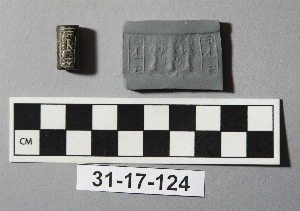
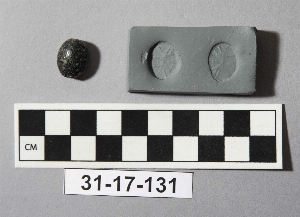
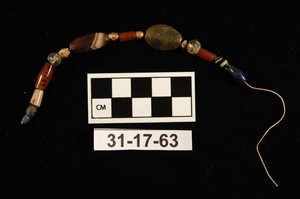
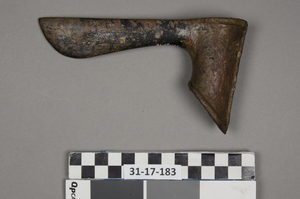
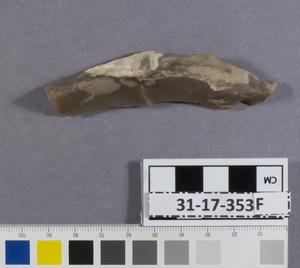
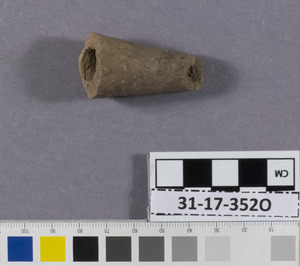
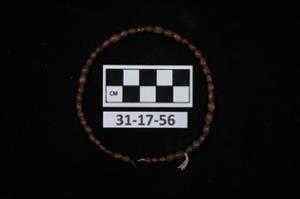
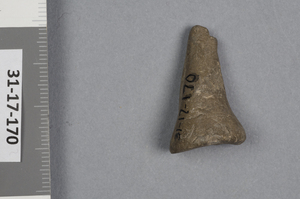
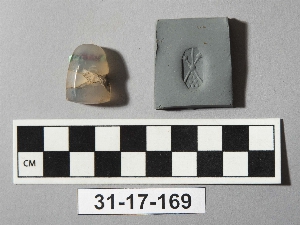
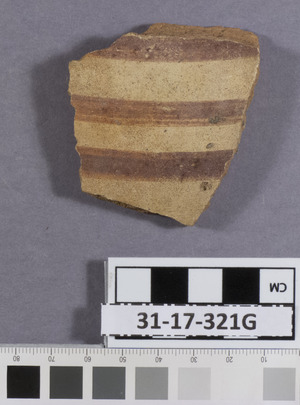
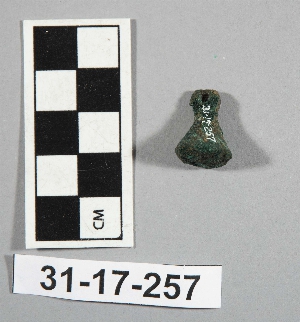
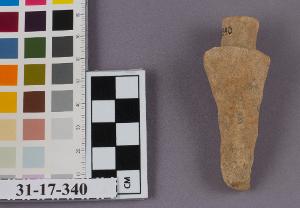
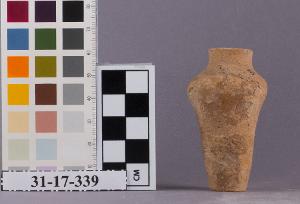
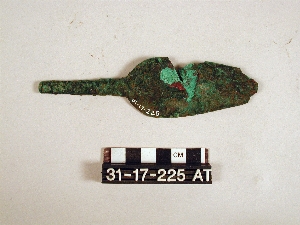
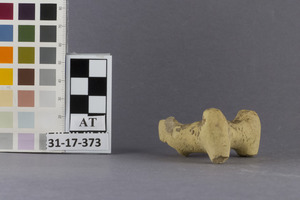
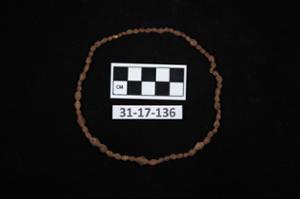
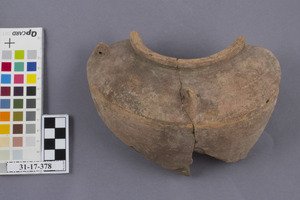
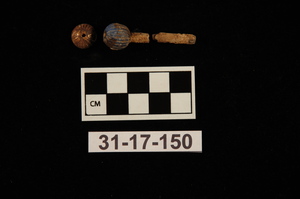
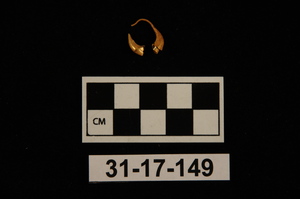
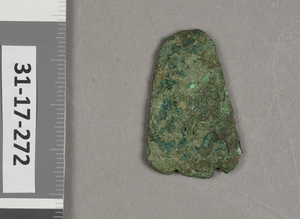
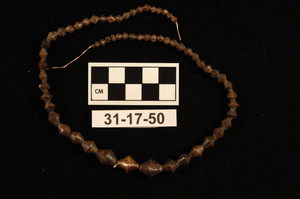
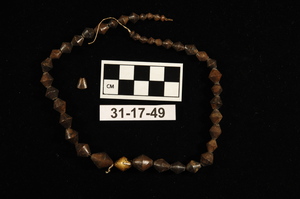
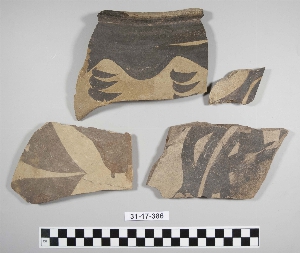
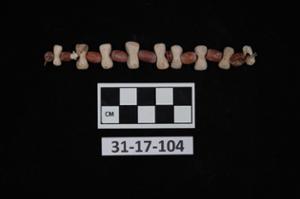
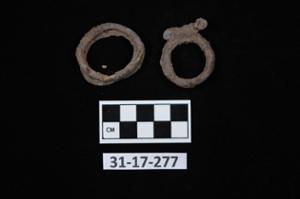
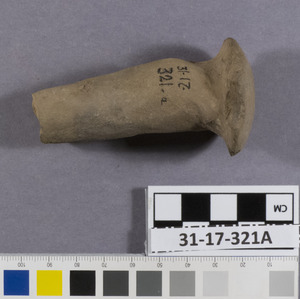
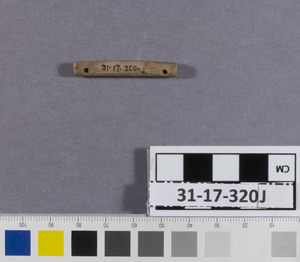
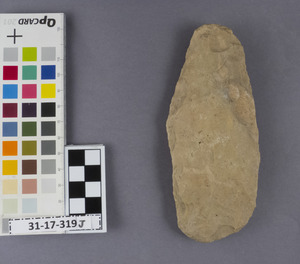
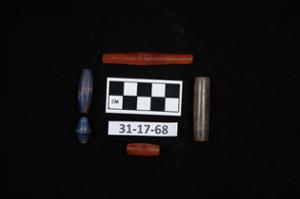
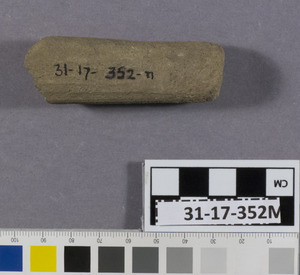
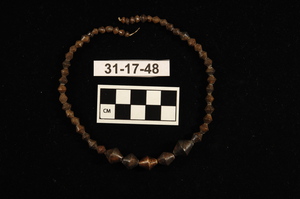
181 - 210 of 492 Records


